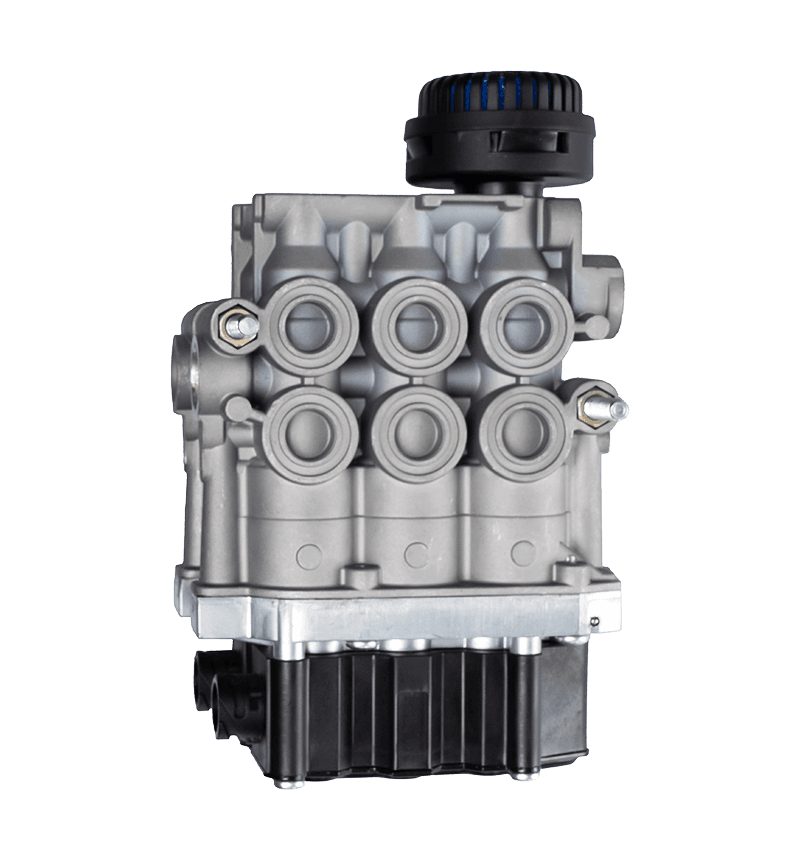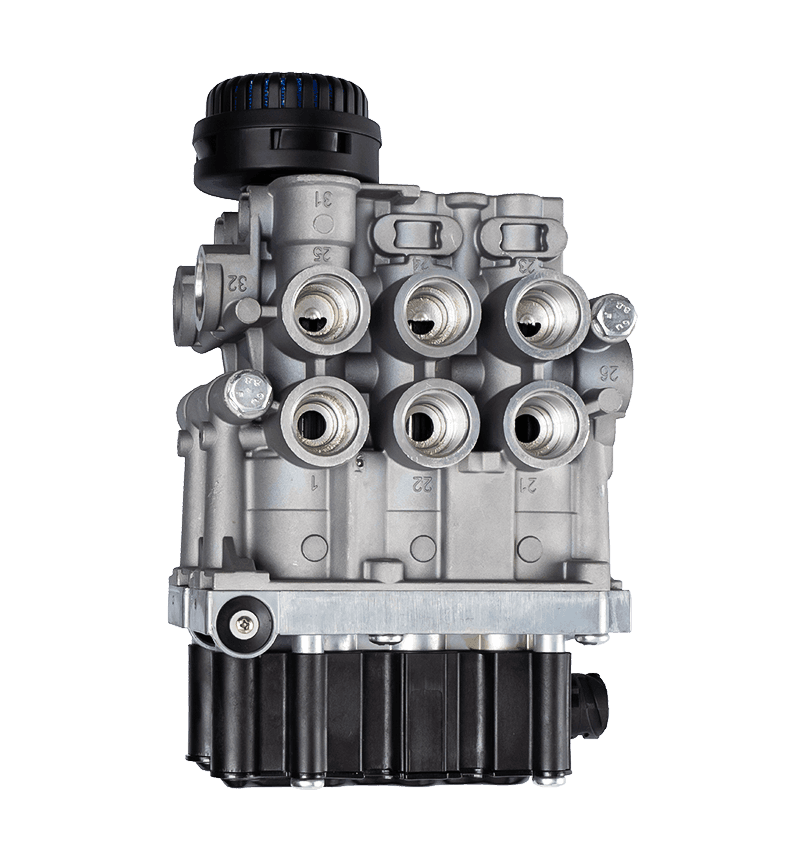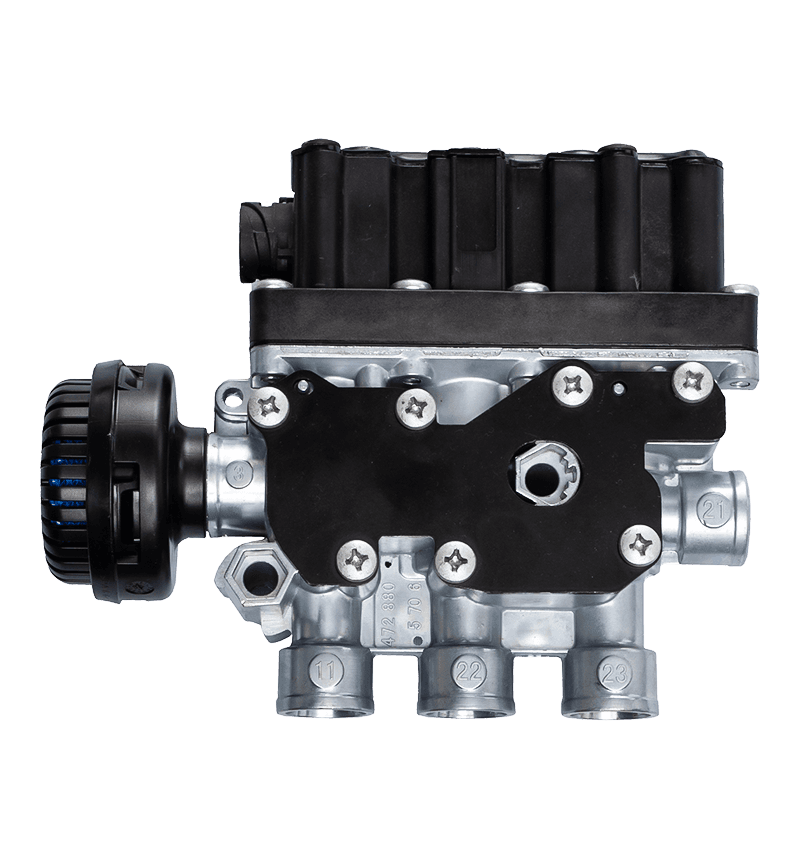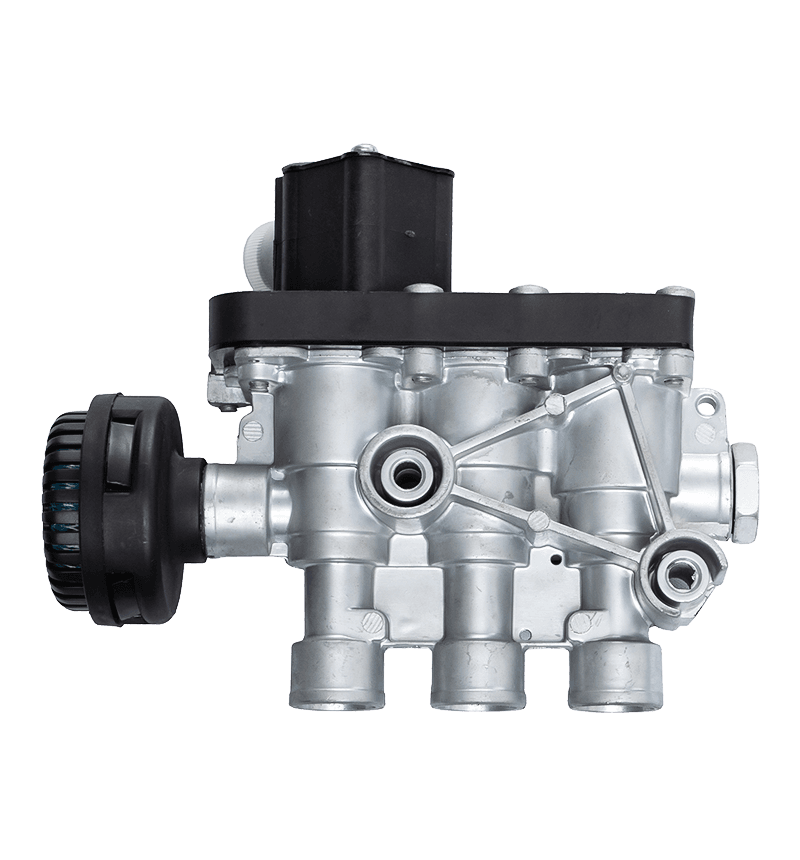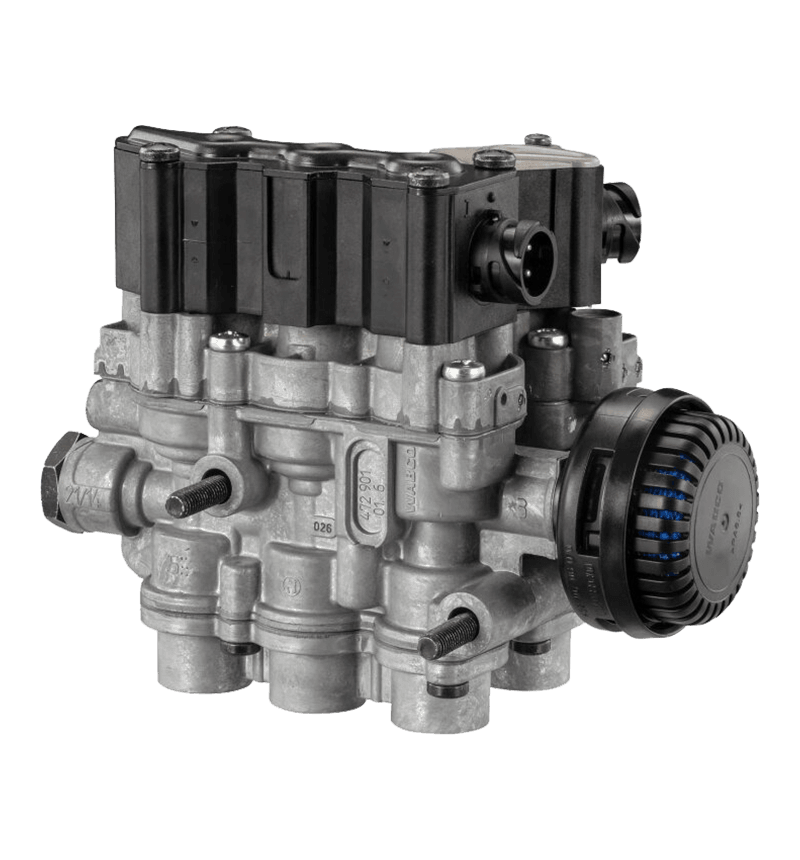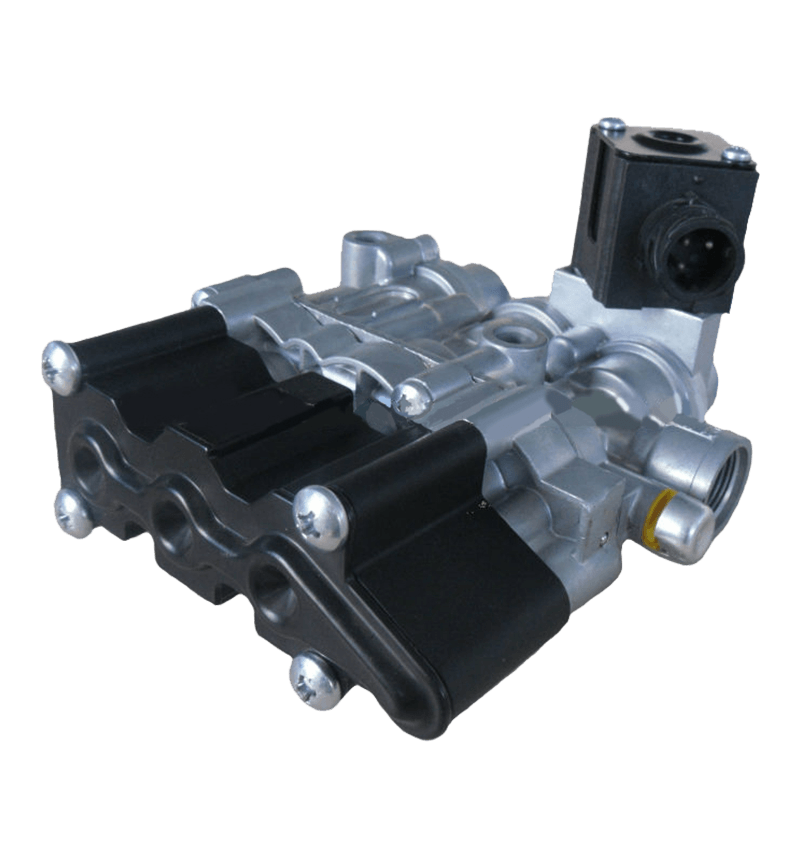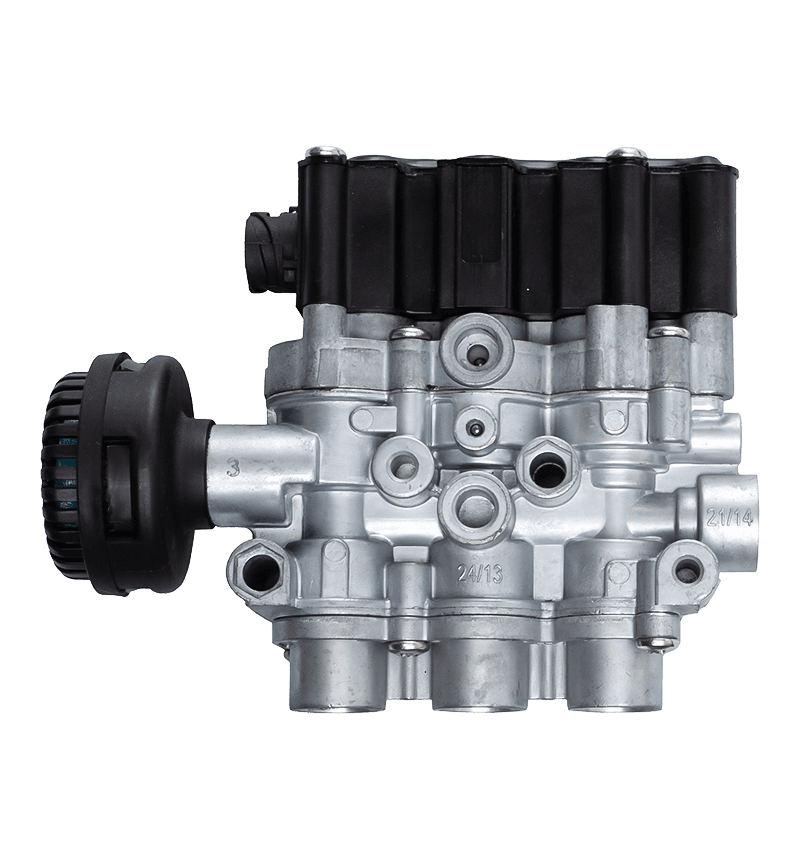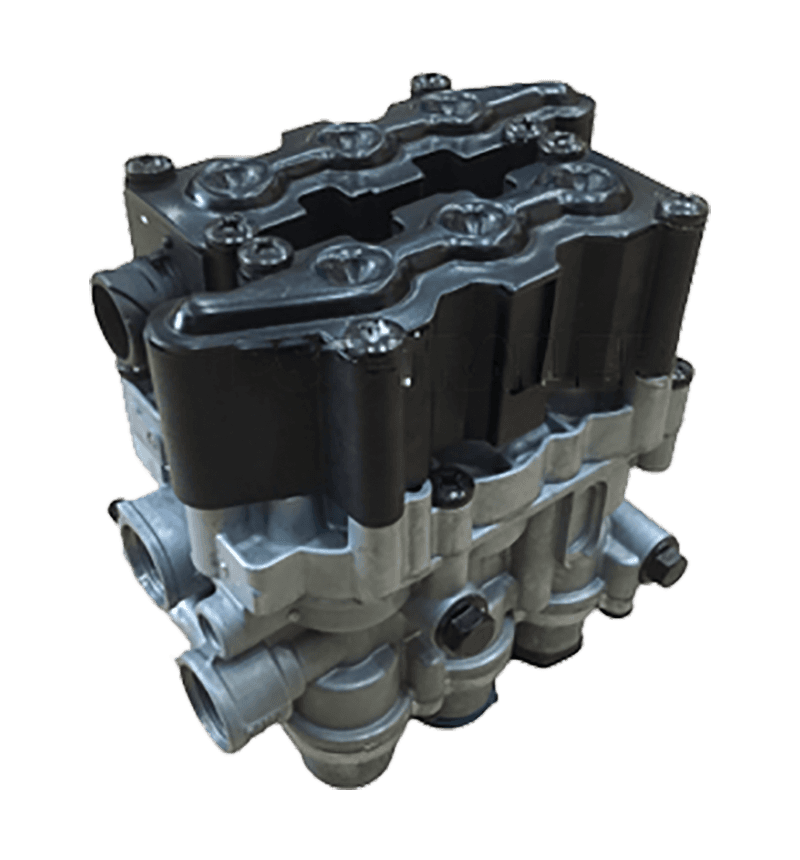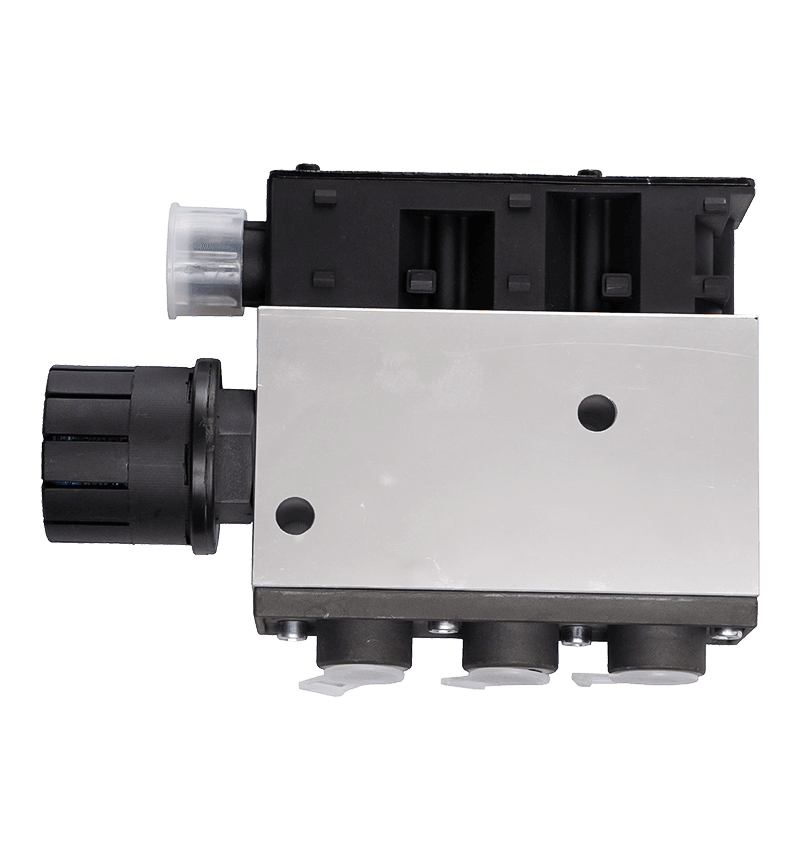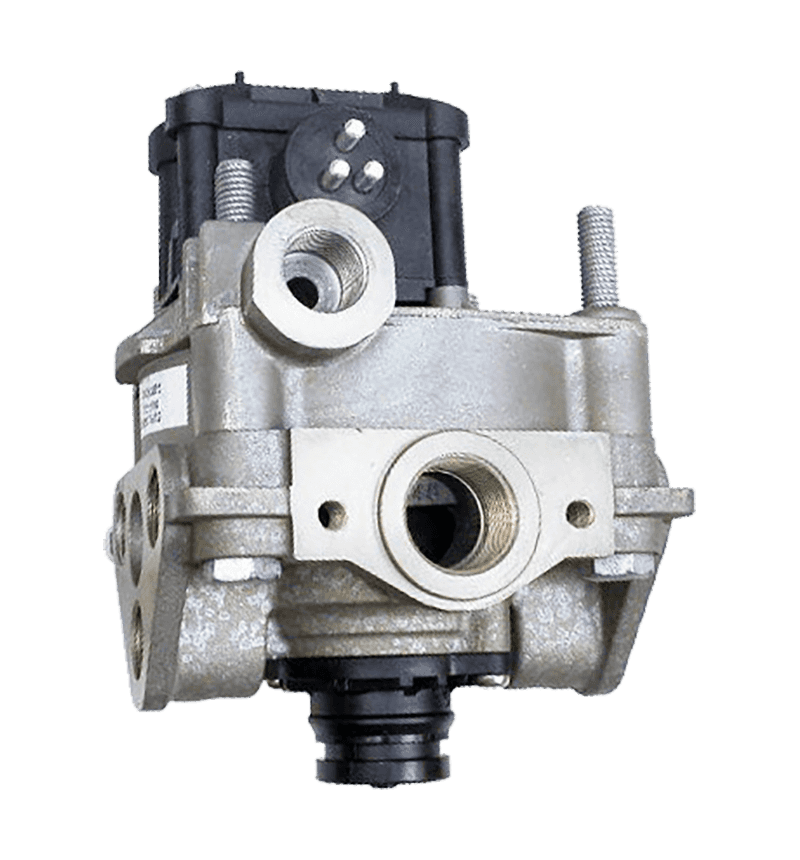Introduction to ECAS Solenoid Valves and Energy Efficiency
ECAS solenoid valves are widely used in hydraulic and pneumatic systems to control the flow of fluids and gases with precision. Their design allows for rapid actuation, automated control, and integration into complex industrial systems. One important aspect for modern applications is energy efficiency, as energy consumption directly impacts operational costs and environmental sustainability. Understanding the energy efficiency of ECAS solenoid valves and their performance in low-power systems is essential for engineers, system designers, and maintenance personnel when selecting valves for various applications.
Operating Principles of ECAS Solenoid Valves
ECAS solenoid valves operate based on electromagnetic principles. When an electric current passes through the solenoid coil, a magnetic field is generated, causing a plunger or armature to move. This movement either opens or closes the valve, controlling the flow of fluid or gas. The energy consumption of the solenoid valve is primarily determined by the coil’s power requirements, the actuation frequency, and the duration the valve remains energized. Advanced ECAS solenoid valves are designed to minimize energy use while maintaining reliable actuation and precise control of the flow medium.
Factors Affecting Energy Efficiency
Several factors influence the energy efficiency of ECAS solenoid valves. Coil design, including the use of low-resistance materials and optimized winding patterns, directly affects power consumption. Valve size, flow rate, and operating pressure also determine the energy required to actuate the valve. In addition, duty cycle—the proportion of time a valve remains energized versus idle—affects overall energy usage. Valves with reduced holding power or latching mechanisms consume significantly less energy, particularly in applications where the valve remains in a fixed position for extended periods.
Energy Consumption in Low-Power Systems
ECAS solenoid valves can be integrated into low-power systems, including battery-operated equipment, solar-powered installations, and energy-conscious industrial setups. Low-power designs often use reduced-voltage coils, high-efficiency magnetic materials, or pulse-width modulation (PWM) techniques to lower energy consumption during actuation. Additionally, latching ECAS solenoid valves hold their position mechanically without continuous electrical power, further enhancing efficiency. These design features make ECAS solenoid valves suitable for applications where energy conservation is a priority.
Comparison Table of Energy Features
| Feature |
Standard ECAS Solenoid Valve |
Low-Power / Energy-Efficient Model |
| Coil Voltage |
12V–24V DC, 110V–220V AC |
12V DC optimized, low-resistance winding |
| Power Consumption |
2–10 W depending on size and actuation frequency |
1–4 W with holding power reduction or latching mechanism |
| Duty Cycle |
Continuous operation possible |
Intermittent or pulse actuation preferred |
| Energy-Saving Features |
Standard coil design |
Latching coil, PWM control, low-resistance materials |
Applications Where Energy Efficiency Is Critical
Energy efficiency becomes particularly important in systems with numerous valves operating simultaneously or where continuous actuation is required. Examples include automated manufacturing lines, chemical processing plants, HVAC systems, and mobile machinery such as agricultural or construction equipment. In battery-operated or solar-powered setups, using energy-efficient ECAS solenoid valves helps extend operational time and reduces the need for frequent battery replacement or larger power supply systems. This is also beneficial in remote installations where energy availability may be limited.
Maintenance Considerations for Energy Efficiency
Maintaining energy-efficient operation of ECAS solenoid valves requires proper care and regular inspection. Ensuring that valves are clean, free from debris, and correctly lubricated reduces the force required for actuation, indirectly lowering energy consumption. Checking electrical connections for resistance or corrosion helps prevent excess power draw. Replacing worn or damaged coils and actuators ensures that the valve operates within its designed efficiency range. Routine maintenance contributes to the consistent performance of energy-efficient solenoid valves and extends their service life.
Integration with Modern Control Systems
ECAS solenoid valves are compatible with modern control systems such as PLCs, SCADA, and IoT-enabled devices. Energy-efficient models can be integrated with smart controllers to minimize power use by only actuating valves when necessary and using pulse or intermittent control strategies. This integration allows for automated monitoring of energy consumption and real-time optimization of valve operation, further enhancing the sustainability and cost-effectiveness of industrial and commercial systems.


 English
English Español
Español


